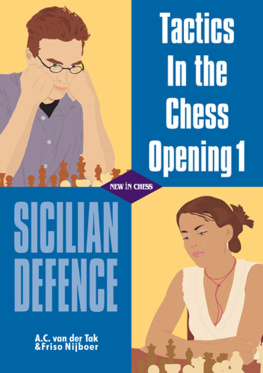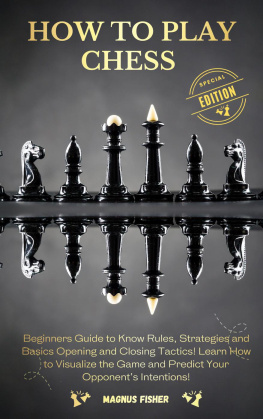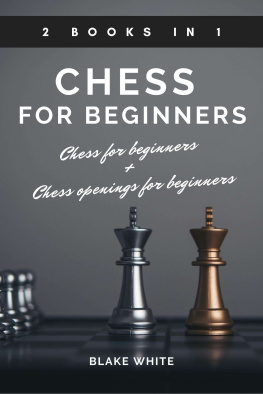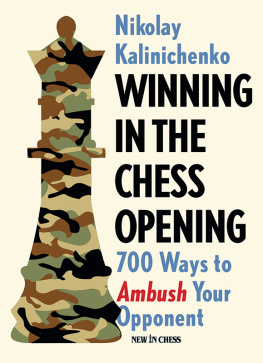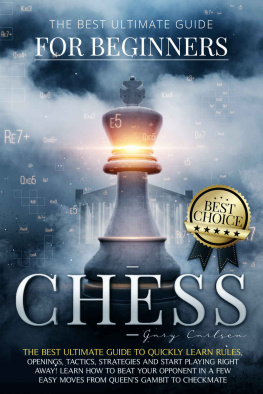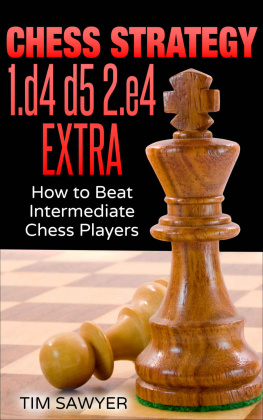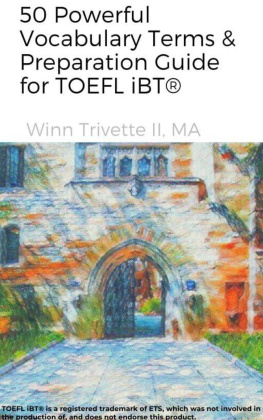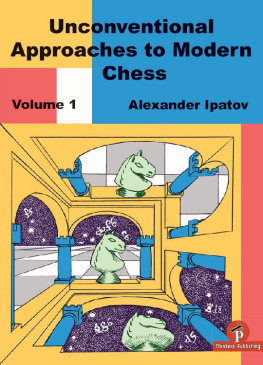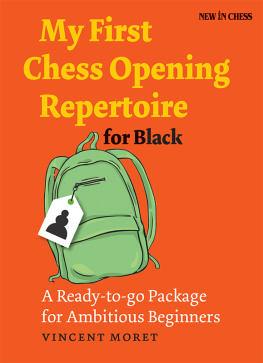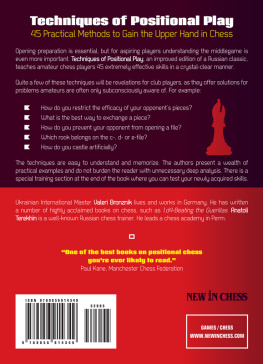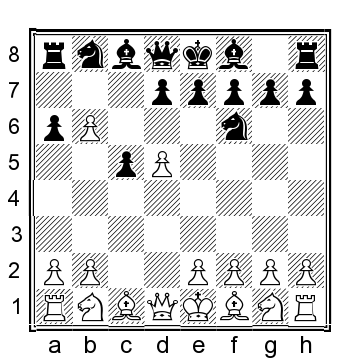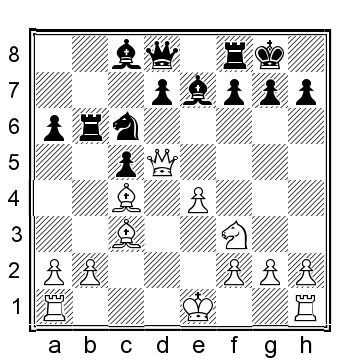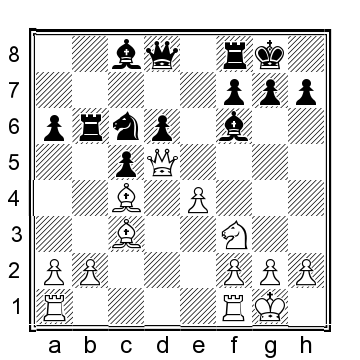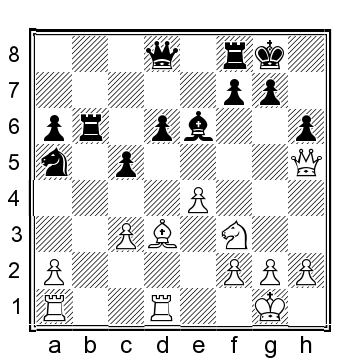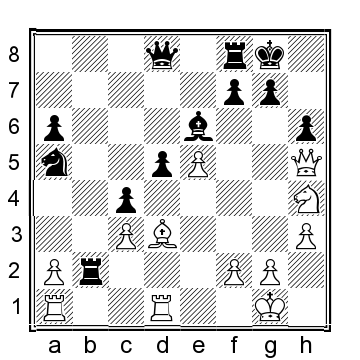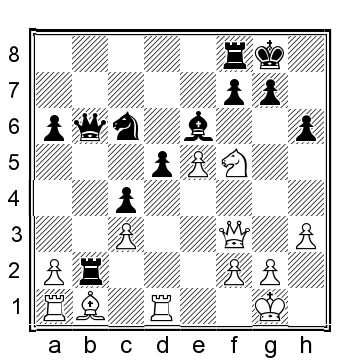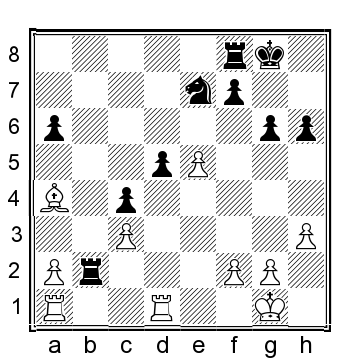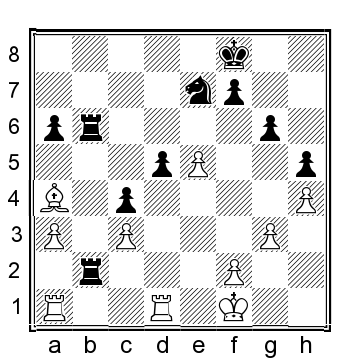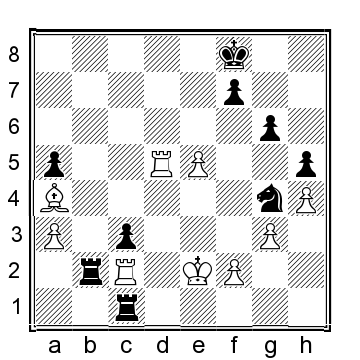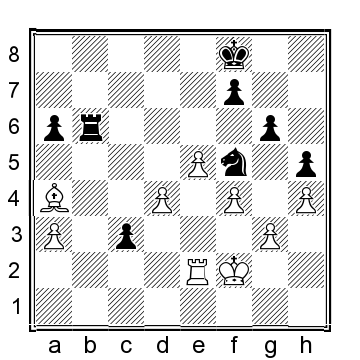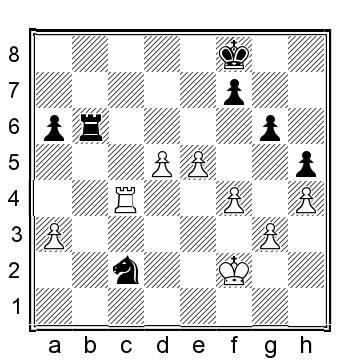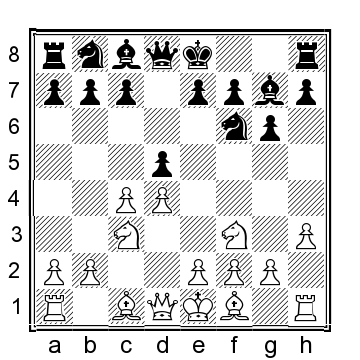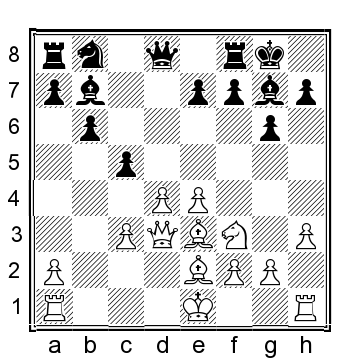Chapter 5
One-Game Try
It is impossible to know, let alone remember, everything. The main lines are pretty worn out, and players are good with them. It is logical that players spend most of their time analyzing those openings that are likely to be played in their games. Accordingly, little time is spent on side lines, and they may not even be repeated. Therefore, this can be an interesting test, especially if the sideline is not entirely inferior according to the engine.
This chapter contains the games where an opening line has been specifically chosen for a specific game. It may be an appealing idea to surprise your opponent in the opening but you must nevertheless be well-prepared for such experiments.
Game 31
Rakhmanov, Aleksandr (2670)
Esipenko, Andrey (2523)
Sochi 2017
This was a tough game for me. I received an early opening surprise from my opponent. For some reason, I did not think to step aside, and played in the same way as usual. A terrible decision!
1.d4 N f6 2.c4 c5 3.d5 b5 4.cxb5 a6 5.b6
Position after: 5.b6
Usually, Esipenko played the Nimzo-Indian. So for sure, he had prepared something. Why was I so naive and stupid to accept his invitation? Why did I not play something else, and not go into a line I regularly played, especially as I remembered nothing.
5...e6 6. N c3 N xd5 7. N xd5 exd5 8. Q xd5 N c6 9.e4 B e7 10. B c4 0-0 11. N f3 R b8 12. B d2 R xb6 13. B c3
Position after: 13. B c3
13...d6
I won a nice game against Nepomniachtchi after 13... N b4 14. Q d2 B b7 15.0-0-0 B xe4 16. Q xd7 B g5+ 17. N xg5 Q xg5+ 18. R d2
Position after: 18. R d2
18... B g6 19. R e1 R bb8 20.g3+ Q h5 21.a3 R bc8 22.f4 Q f3 23. Q d6 R ce8 24. R xe8 R xe8 25.axb4 cxb4 26. Q e5 Q h1+ 27. R d1 R xe5 28. B xe5 1-0 (28) Rakhmanov, A (2591) Nepomniachtchi, I (2658) Moscow 2010
14.0-0 B f6
Position after: 14... B f6
My opponent kept making moves quickly. I didnt achieve anything from the opening; clearly, my opponent was well-prepared. In such situations, experienced luminaries of the past, such as the World Champion Tigran Petrosian, would realize that this should not be the day to play, and would instead offer a draw. It is likely that in this tournament, a draw offer was prohibited until the 40th move. But I had to change my mindset and not search for ways to play for a win.
15. R fd1 B xc3 16.bxc3 N a5 17. B d3
17. B f1 is a safe move. The position is simple: both White and Black have weaknesses and so, most likely a draw will ensue.
17... B e6 18. Q h5 h6
Position after: 18...h6
19.e5?!
This move deserves a place in the Dubious Decisions chapter. Im going nowhere. My hope was probably to attack the king. But its clear that the black king is safe.
19. N d4 is a nice equalizer. 19...cxd4 20. Q xa5 dxc3 21. Q xc3=
19...d5 20.h3 R b2 21. N h4?
It is essential to play 21.c4 d4 22. N d2 Q g5 23. Q xg5 hxg5 24. N e4 and White holds.
21...c4!
Position after: 21...c4!
22. B b1
22. B f5 is better, but White is still worse.
22... Q b6
22... N c6! is a simple move to gain an edge, threatening N xe5 or d4. 23. N f5 Q g5 24. Q xg5 hxg5 25. N e3 R fb8+
23. Q f3 N c6 24. N f5
Position after: 24. N f5
24... B xf5
A technical decision.
Of course, not 24... N xe5? 25. N xh6+ and White will save the game.
25. Q xf5 g6 26. Q f6 N e7! 27. Q xb6
White has to exchange queens.
27... R xb6 28. B c2 R b2 29. B a4
Position after: 29. B a4
Of course, I would like to have the bishop somewhere on f3, but its a dream.
29... R fb8
The position is unpleasant and White has no moves. White can only wait and hope that Black doesnt have a way to convert his positional advantage.
30. K f1 h5
30...g5 Perhaps this is a better way for Black.
31.h4 R 8b6 32.g3 R e6 33. R e1 R eb6 34. R ed1 K f8 35.a3
Position after: 35.a3
35... R e6?!
If a player makes a move such as 35.a3, it means he has not found a better move. So why not give him the chance to make one more move? 35...a5 and now White has to find a series of best moves. 36. R e1 N f5 37. R ed1 N h6 threatening ... N g4; and 38. B d7 R c2 threatens ... R b6-b2. 39. B a4 R xc3 40. R a2 N g4 41. R xd5 R c1+ 42. K e2 c3 43. R c2 R b2
Position after: 43... R b2
44. R dd2! cxd2 45. R xb2 Although the worst is over for White, he must be careful to hold the position.
36. R e1 N c6 37.f4 N e7 38. R ab1 R eb6 39. R xb2 R xb2 40. R e2 R b1+ 41. R e1 R b6 42. K f2 N f5 43. R e2 d4 44.cxd4 c3
Position after: 44...c3
45.d5
45. R c2 would also save the game, but leads to a passive position. 45... R b2 46. K e1 R xc2 47. B xc2 N xd4 48. K d1=
45... N d4 46. R e4 c2 47. B xc2 N xc2 48. R c4
Position after: 48. R c4
White has the strong passed pawn and thats enough to make a draw.
48... R b2 49. R c8+ K e7 50.d6+ K d7 51. R c7+ K e8 52. R c8+ K d7 53. R c7+ K e8 54. R c8+ K d7
Game 32
Rakhmanov, Aleksandr (2629)
Esipenko, Andrey (2620)
Sochi 2019
This time, I decided to surprise him back.
1.d4 N f6 2. N f3 g6 3.c4 B g7 4. N c3 d5 5.h3!?
Position after: 5.h3!?
An interesting option to catch the Grnfeld player off-guard.
5...0-0 6.cxd5 N xd5 7.e4 N xc3 8.bxc3 c5 9. B e2 N c6
9...b6 10. B e3 B b7 11. Q d3 GM Bluebaum has played this position twice and gained a better position in both games:
Next page


